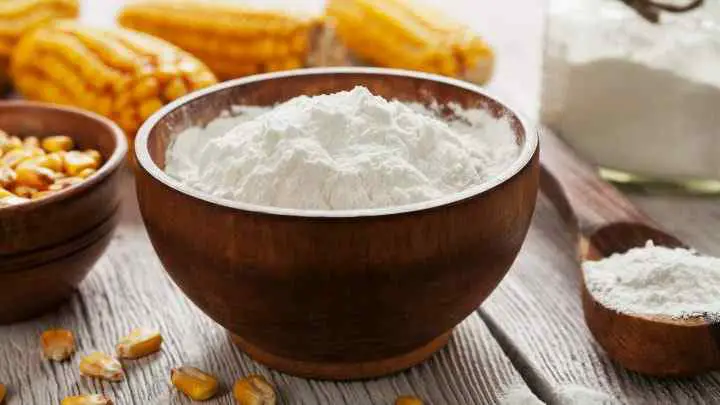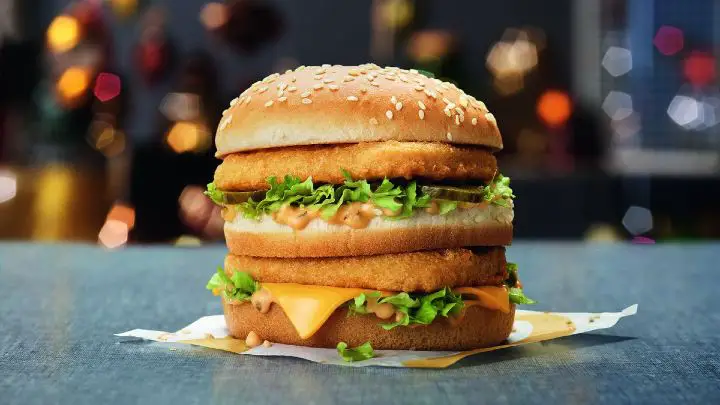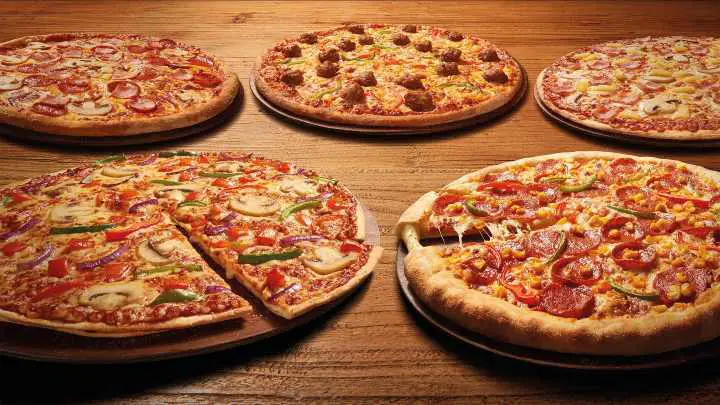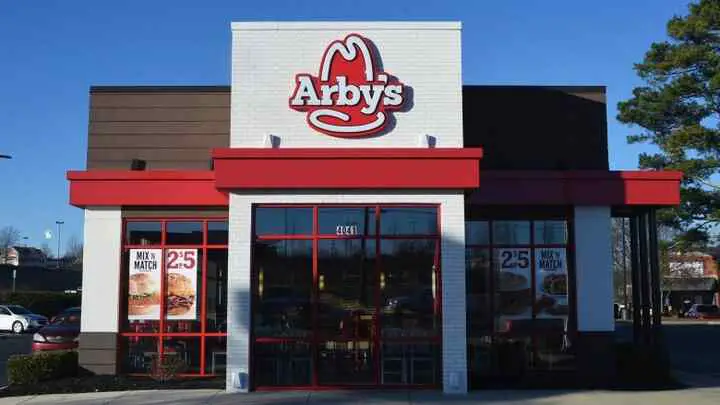Is cornstarch baking powder? Not at all, no.
Even though baking powder may be made from corn starch, they are not the same thing. Cornstarch is a staple in many American households and is used for a variety of purposes, from thickening to cleaning.
As a result, they are quite versatile and distinct from baking powder. You should read this article to understand the differences, the constituents, and whether cornstarch has any negative consequences.
What Is Cornstarch?
Cornstarch is a carbohydrate derived from maize cytoplasm also known as corn flour.
Corn starch, maize starch, and corn flour are all names for starch made from corn grain. The starch is stored in the kernel’s cotyledons.
It is a typical cuisine part that is often used to manufacture corn syrup and other sugars as well as to thicken sauces and soups.
This powdered white material has several industrial, domestic, and culinary uses. It was introduced in New Jersey in 1844, and now it is manufactured there and also in China, Brazil, India, and other nations that grow maize.
In the kitchen, marinades, sauces, gravies, glazes, soups, casseroles, pies, and other sweets may all be thickened using cornstarch.
It is used in food around the globe, with North America and Asia dominating both production and consumption.
SEE: Here’s How You Can Tell If Baking Powder Is Acid or Base
Is Cornstarch Baking Powder?
No, it is not. Cornstarch and baking powder are not the same. Since baking powder is a leavening agent, it creates air bubbles that make cakes rise. Puddings and pastry fillings can be absorbed with cornstarch, a thickening agent.
Is Cornstarch a Good Substitute for Baking Powder?
No, it is not a good substitute. Cornstarch typically cannot be used in place of baking powder.
Baking powder is used as a leavening agent and cornstarch as a thickening agent. In contrast to baking powder, which helps the dessert rise, cornstarch thickens mixtures.
Is There Cornstarch in Baking Powder?
Yes, there is. A common parched leavening agent used in baking is baking powder. It consists of a mixture of cornstarch, cream of tartar, and baking soda (also known as sodium bicarbonate).
Is Magic Baking Powder Cornstarch?
Monocalcium phosphate, sodium bicarbonate, and cornstarch are the main ingredients in magic baking powder.
Your cake rises because of the reaction between sodium bicarbonate and monocalcium phosphate, which releases the gas carbon dioxide.
SEE: The Differences, Types, And Uses of Pita vs Flatbread
Is Cornstarch or Baking Powder Better for Crispy Chicken?
Baking powder does not crisp the skin as well as cornstarch does. Indeed, the acidic part of baking powder prevents crispness. Baking powder is sometimes substituted in recipes because it is less concentrated.
Difference Between Cornstarch and Baking Powder
In contrast to baking powder, which is used to raise baked goods, cornstarch is a light powder used to thicken sauces and soups.
Baking powder is comparable; rather than thickening food, it is a leavening agent. Your baked goods will rise because of their use.
Cornstarch is highly valued for its ability to thicken liquids. It is made up of lengthy chains of starch molecules that will unravel and swell when exposed to high temperatures of moisture.
The thickening is brought on by this gelatinization, or swelling, process. The fruit in pies, tarts, and other baked goods can also be coated in cornstarch before baking.
As it bakes, the thin texture of cornstarch thickens after mixing with the fruit juices. This avoids the texture of pies and other confections being runny or watery.
Cornstarch vs Baking Soda for Cleaning
In addition to being a great thickening agent, cornstarch is also a cheap cleaning solution. In comparison to other baking soda which is acidic even though commonly used for cleaning.
One excellent and reasonably priced cleaning product is cornstarch. The safety of people, plants, animals, and the environment is of the utmost importance.
SEE: Does Cream of Tartar Go Bad and Changes Its Color?
Cornstarch vs Baking Powder for Frying
Since cornstarch is the best for baking, there isn’t much discussion here. Using baking soda or powder in place of cornstarch is not a good idea.
The issue is that baking powder can flavor a dish differently than cornstarch, which can change how it tastes.
Side Effects of Cornstarch
There are many wonderful advantages to corn powder, but there could still be some drawbacks. Here are some downsides that cornstarch might share.
High blood pressure
High-fructose corn syrup consumption is another factor in high blood pressure. The University of Colorado Denver Health Sciences Center’s nephrologists or kidney specialists focused on 4,500 adults without a history of hypertension as they examined three years’ worth of data from the National Health and Nutrition Examination Survey.
Amylophagia
Pregnant women with amylophagia have a compulsive urge to consume large amounts of raw cornstarch.
Although the condition is present throughout the world, it is more prevalent in the sparsely populated south of the United States.
Consuming pure cornstarch in excess raises blood sugar levels, which can result in premature birth, C-section delivery, high birth weight, and anomalies in the baby’s growth stage.
Weight gain
According to a Princeton University study, a set of lab rats given high fructose corn syrup put on weight more than those given table sugar.
Additionally, the rats in the HFCS reported greater body fat overall, particularly in the midsection.
This implies that a person’s long-term risk of obesity may depend on how much cornstarch they consume.
Cancer
Another health risk raised by High fructose corn consumption is cancer. Patients’ pancreatic tumors were used by researchers at UCLA’s Jonsson Comprehensive Cancer Center to grow cells in Petri dishes.
After injecting fructose into the pancreatic cancer cells, they noticed that the cancer cells grew more quickly.
SEE: Stand A Chance to Win a $500 Gift Card at TJ Maxx Store
FAQs
What do they call cornstarch in the UK?
In the UK, it’s referred to as corn flour. In the US, cornstarch is the most common name. It is a very fine, white powder made from pure starch extracted from corn kernels.
Are corn flour and cornstarch the same?
While cornstarch is a fine, white powder made from the starchy part of a corn kernel, corn flour is a yellow powder made from puree, dried corn.
Depending on location, both could go by different names. While cornstarch is primarily used as a thickener, corn flour is used similarly to other types of flour.
Can you substitute corn starch for baking soda?
Because sodium bicarbonate and corn starch serve very different functions in cooking, they cannot be substituted for one another in recipes.
Baking soda is a leavening agent that will make baked goods rise, while cornstarch is typically used as a thickener in sauces and soups.
SEE: Enjoy 15% Off Your Next Purchase at Boston Market
What does cornstarch do in baking?
It works wonders for absorbing puddings, soups, and pie fillings. It’s also a common ingredient in recipes for baked goods.
Cornstarch helps produce a crumbly and tender dessert-like texture when it is added to cake, cookie, and shortbread recipes. Cornstarch is often employed in industry as an anti-caking agent.
Can you add cornstarch to cookies?
Yes, you can. If you want, you can increase the amount of cornstarch in your dry ingredients by up to a tablespoon.
Because cornstarch is useful for binding with the fluids in your dough, your cookies will spread less as a result. Additionally, it will make them supple and delicate.
Conclusion
Cornstarch can be used to prevent caking. It will also help reduce the moisture content from evaporation and prevent the formation of a slimy texture.
Furthermore, cornstarch can be used for polishing and should never be used in place of baking powder or soda when baking because they do not function in the same way.
As a result, you should avoid overusing corn powder, as it can have a negative impact if not used properly.
Thanks for reading.
If you enjoyed reading this article, view Cheffist for more.






